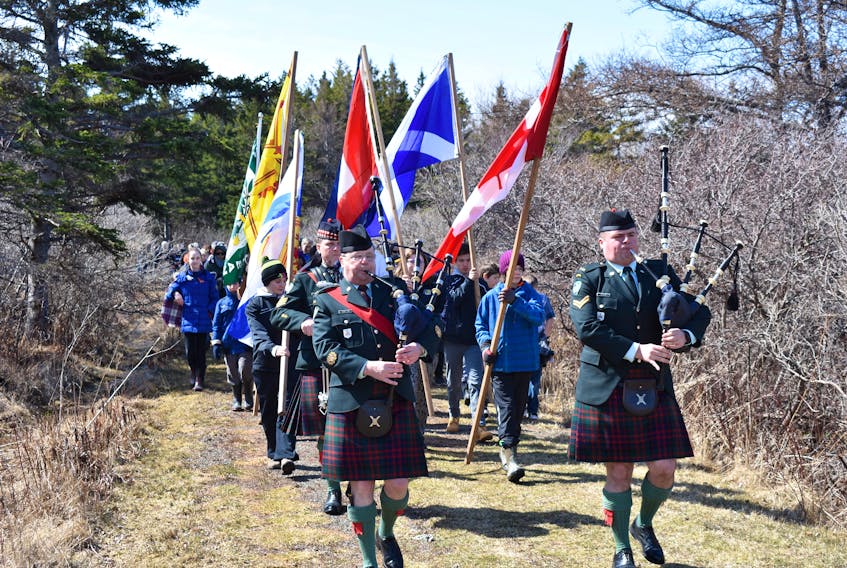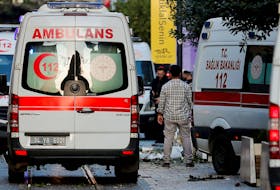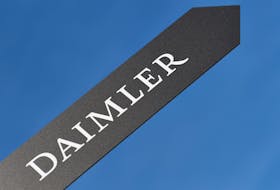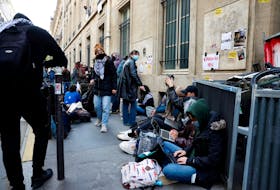It’s been 272 years since Scottish Highland warriors made their last stand against the British crown on Culloden Moor, but Debbie Reid is still standing proud.
The New Glasgow lady was in Knoydart on Saturday to honour her ancestor John MacPherson, whose name is one of three Culloden veterans engraved on a cairn by the sea.
Reid, wearing a red tartan cloth over her jacket, was one of those standing guard by the cairn as prayers were said for her Highland ancestors forced to flee their homeland after losing the fight.
She watched as whiskey was splashed over the cairn to bless the memory of MacPherson, Hugh MacDonald and Angus MacDonald, all of whom survived the 1746 Battle of Culloden and moved to Nova Scotia decades later.
“I want to tell them how brave they were coming over here to an unknown land, how they fought for their morals and fought for their Scottish way of life – their language, their tartans, their clans,” said Reid.
The Battle of Culloden was the final act of the Jacobite Rising that swept across Britain the previous year.
The trouble started when the last House of Stuart monarch Queen Anne died in 1714. Under the 1701 Act of Settlement, she was succeeded by her second cousin George I from the German House of Hanover.
However, Charles Edward Stuart, known in Scotland as Bonnie Prince Charlie, launched his own bid to restore the House of Stuart to Britain’s throne.
His rebel army captured Edinburgh in 1745 and marched south in a full-scale invasion of England. Their ultimate goal was London, but they were turned back after reaching Derby in the Midlands.
Stuart’s army was mostly made up of Scottish Catholics and Episcopalians and they made their last stand against the British loyalist troops on the Culloden Moor.
On April 15, 1746, Jacobite rebels launched a failed night attack on British forces led by the Duke of Cumberland William Augustus.
The next day’s battle on the moor was over in less than an hour, when a Highland warrior charge was beaten back and British forces routed the rebels, chasing them from the field.
British revenge on the defeated Highlanders was bloody: wounded rebels on the battlefield were butchered by loyalist troops.
Hundreds more Jacobite supporters were deported to the colonies, while Highland lords and clan chiefs who supported the rebels were stripped of their estates.
The wearing of tartan was banned, with an exception for people serving in the British Army.
Nearly 300 years later, the battle’s aftermath still left a bitter taste in Reid’s mouth.
“Their women were raped. They were being murdered. They wanted to come to this new land, just the same as refugees today because they’re being persecuted,” said Reid.
She said her own ancestors were persecuted for their Catholic beliefs, forcing them to flee Scotland.
The reality was brought home to her on a recent visit to Pier 21, where she saw exhibits on later refugee groups in Canada, from European Jews to Syrians.
However, some people at the Culloden memorial had ancestors who fought on both sides.
Alistair Hamilton from Antigonish was one such person, wearing the historical costume of the Scottish rebels, complete with kilt and sword.
He said that Culloden was both his personal history and the history of the local area.
“It’s a diaspora really of the Highland Scots having to leave their native land and come to some place totally alien to them,” said Hamilton.









